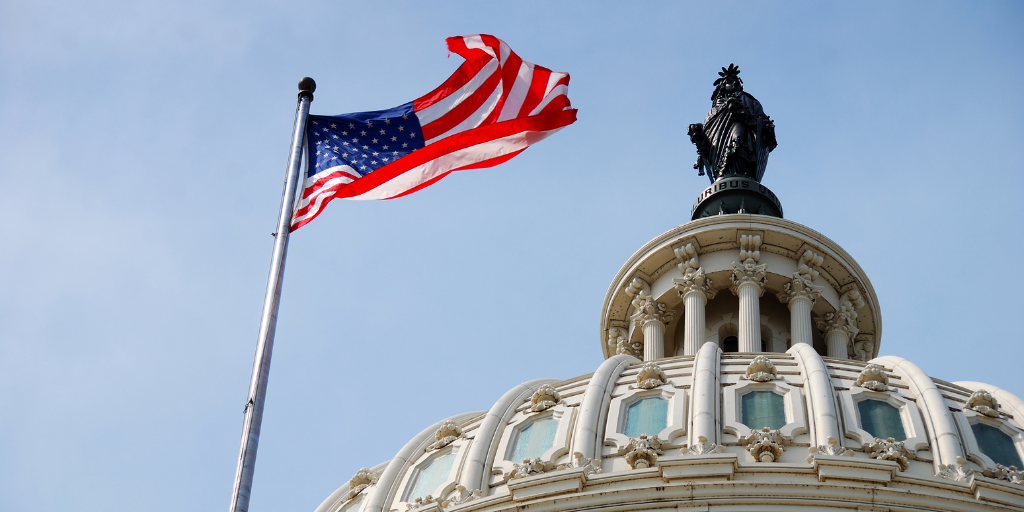
Welcome to Parent Pixels, a parenting newsletter filled with practical advice, news, and resources to support you and your kids in the digital age. This week:
Guess who’s back, back again? After facing an uncertain path in the Senate, the Kids Online Safety Act (KOSA) successfully passed the Senate last Thursday. The historic vote was overwhelmingly bipartisan (86 to 1 to take up the measure), but things will be less rosy in the House, where KOSA faces hurdles in the form of free speech concerns and Big Tech lobbyists.
KOSA would introduce the most sweeping child online safety reform since the now-archaic Children's Online Privacy Protection Act (COPPA) was passed in 1998. As a recap, KOSA would:
While other child safety bills are also under consideration, KOSA is the closest to becoming law, although we won’t hear anything about its status until the House returns in September. Concerns about KOSA include stifling First Amendment-protected speech and isolating vulnerable youth from accessing information on social media.
At the same time, a growing body of experts are calling for stricter regulations on social media platforms for the sake of children’s mental health.
US Surgeon General Vivek Murthy said that social media should have a warning label, similar to the one required on tobacco products. A new report by the Biden-Harris Administration’s Kids Online Health and Safety Task Force urges the industry to make design choices that prioritize kids’ well-being, such as making privacy protections for youth the default and use data-driven methods to detect and prevent online harassment.
The kids are not alright, and child online safety legislation is overdue. If KOSA doesn’t pass, other options on the table include Sammy’s Law, which would require social media companies to integrate with child safety software, making it easier for parents to supervise their children’s online activities.
“Finalizing these safety bills has been a long and winding and difficult road, but one thing I’ve known from the start: It sure would be worth it,” Senator Chuck Schumer, Democrat of New York and the majority leader, said in a floor speech before the vote. “The message from these parents has been simple and consistent: It’s been long enough.”
Parent Pixels is a biweekly newsletter filled with practical advice, news, and resources to support you and your kids in the digital age. Want this newsletter delivered to your inbox a day early? Subscribe here.
What can parents do to make sure their teens aren’t texting personal information to strangers? Show this list of tips to your kiddo, or use it as a springboard for a conversation about texting safety.
VPNs are a popular way for kids to get around some parental control settings. Read on to learn about VPNs, how to know if your child is using one, and what you can do about it. (Psst: VPNs don’t impact BrightCanary monitoring.)
It’s important to give kids a degree of privacy, but it’s also important to guide, protect, and support them online and offline. Plus, it makes sense to be more hands-on when your kid first gets a phone or tablet, then give them more autonomy and independence as they grow older and more mature. All that to say, how do you talk to your child about privacy — especially when you start to introduce parental monitoring? Use these conversation-starters.
😫 How do you lay down ground rules about devices? What about tips to handle cyberbullying and online abuse? Teaching children to navigate the online world is a key part of modern parenting. In this Q&A, experts pass on tips to make it feel less overwhelming.
🔎 Meta has, historically, not been the most forthcoming with allowing researchers to review its data. But now, “after years of contentious relationships with academic researchers, Meta is opening a small pilot program that would allow a handful of them to access Instagram data for up to about six months in order to study the app’s effect on the well-being of teens and young adults.”
👉 We mentioned the Kids Online Safety and Health Task Force’s new report earlier in this newsletter, but we recommend taking some time to check it out — it’s packed with advice and conversation-starters for parents and caregivers, plus free resources for parents of tweens and teens.